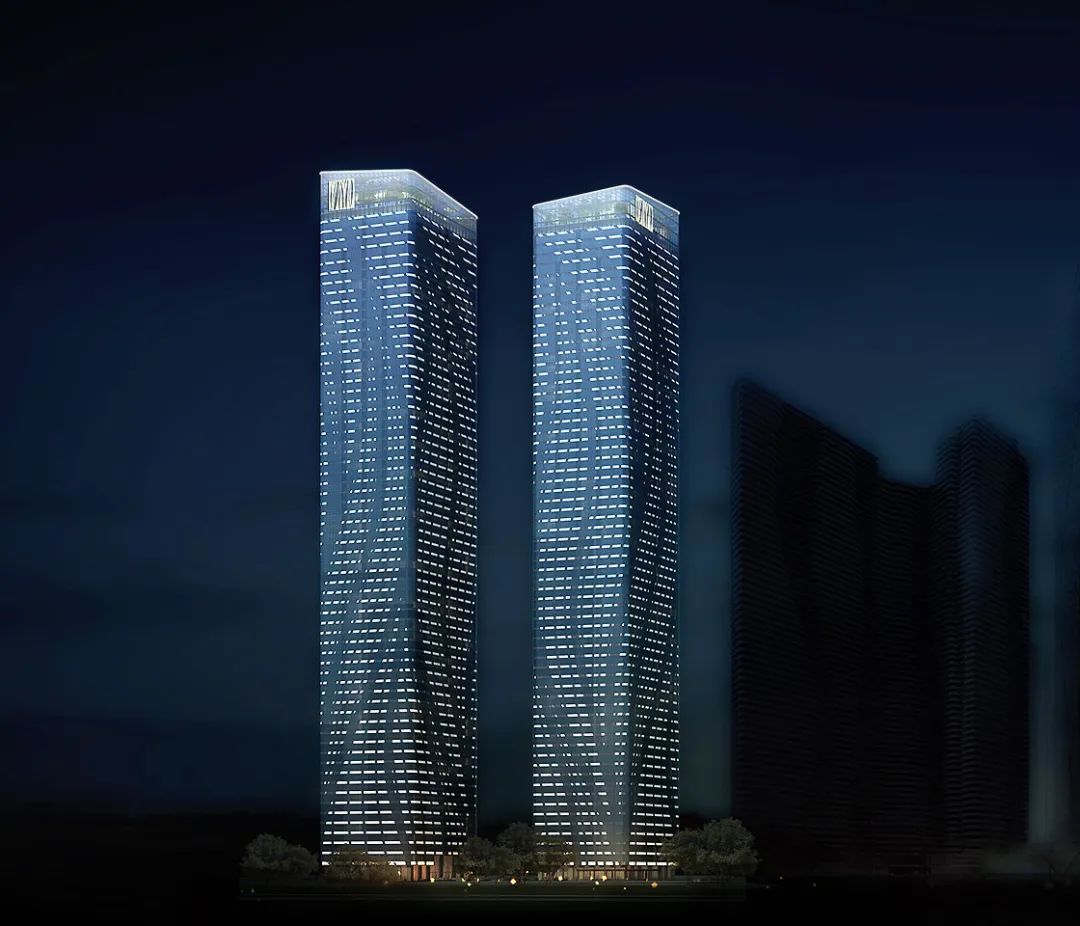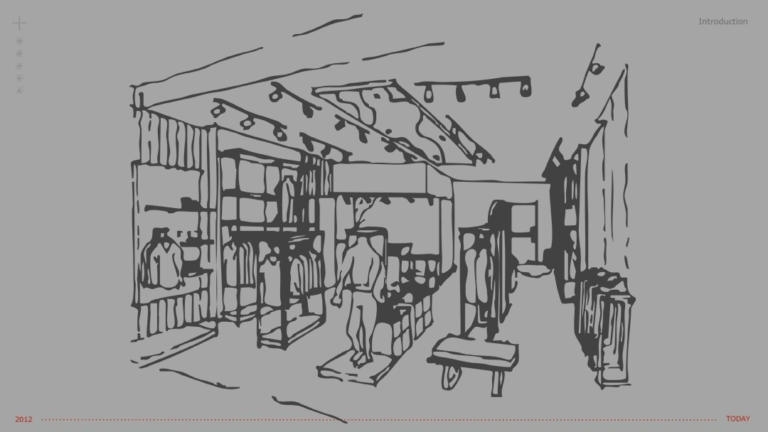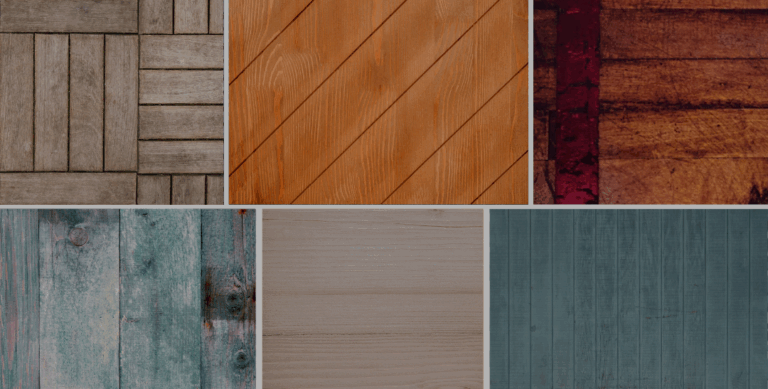There are many reasons why a luxury brand would want to expand into other non-fashion-related industries. According to Bain and Company, the luxury market will reach €360-380 billion by 2025. Having branded cafés and restaurants can serve as an extension of the luxury experience and connect with existing and new brand audiences.
These branded restaurants and cafes are usually located near a boutique or flagship store, allowing for an immersion into the brand through picturesque decor and cuisine. People are willing to spend money if they think the experience is worth it. This is especially important when wanting to build client loyalty with Gen Z and Millennials as they are already one of the main consumer bases. The younger generations have shifted their focus towards more experience-based goods that help build emotional connections, further cementing client loyalty to the brand.
Chinese Market and Audience
According to Bain and Company, China is will be the largest luxury goods market in the world by 2025. To be competitive, a brand needs to offer the Chinese consumers something unique to appeal to the audience. The Chinese audience has high expectations when it comes to luxury so brands have to adapt their business models and designs. China is a popular destination for branded cafes, restaurants, and hotels. However, this trend can lead to the over-saturation of these types of spaces. With more options given to them, Chinese consumers strongly consider the quality of service and food before visiting these venues, mainly located in major cities such as Shanghai and Beijing.
Bulgari Hotels, Beijing and Shanghai
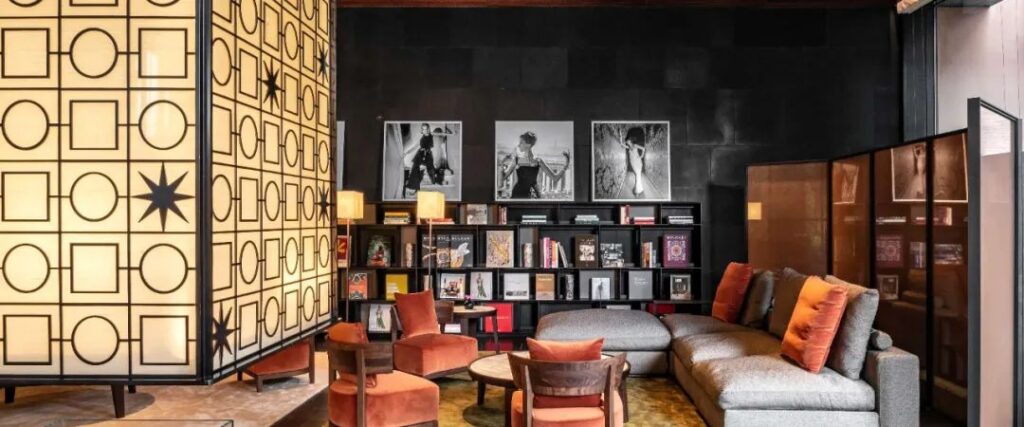
The interior fuses classic and contemporary Chinese and Italian design
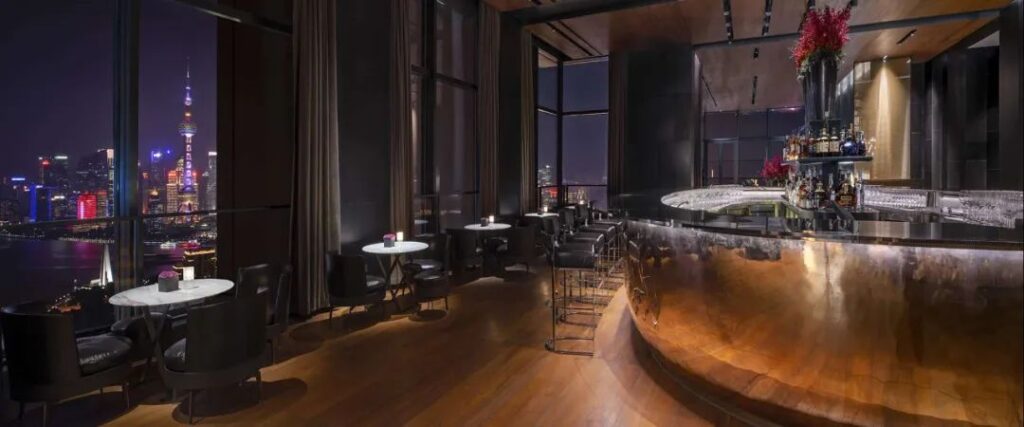
The interior fuses classic and contemporary Chinese and Italian design
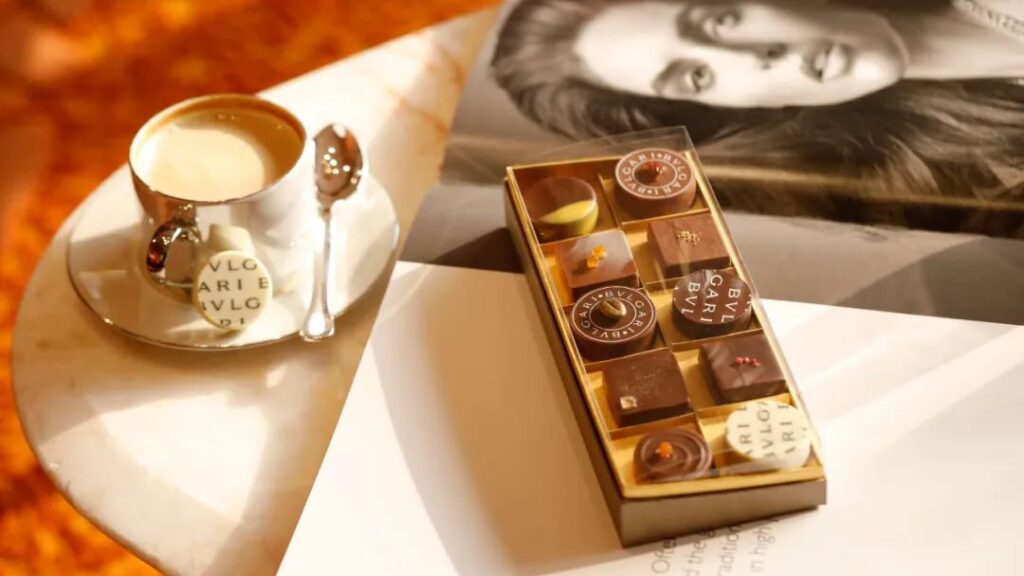
The interior fuses classic and contemporary Chinese and Italian design
Bulgari’s stores, hotels, and bars are styled in the infamous Art Deco and Italian designs the brand is known for. The hotels in Shanghai and Beijing contain luxurious rooms, restaurants, Bulgari boutiques, bars, spas, and chocolatiers. Based on reviews from TripAdvisor, the hotels are well received and commended for excellent service and luxurious decor.
Vivienne Westwood Cafe, Hong Kong
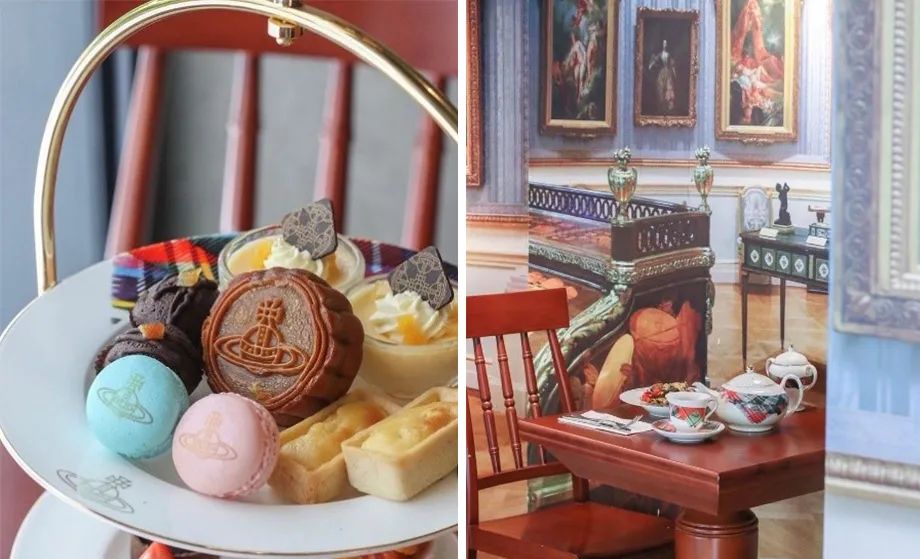
Vivienne Westwood Cafe is widely popular with Gen Z
Vivienne Westwood has some clear design details. The Saturn orb logo, plaid print, punk elements, and Rococo imagery are all present in this cafe. Westwood is known for mixing punk and traditionally feminine details into her fashion design, which is a no-brainer that the brand is widely popular with Gen Z. The brand rose to popularity with this generation through social media, especially on TikTok and Instagram during the pandemic. Gen Z influencers advertising the brand on social media have made it a cult favorite.
Cafe Madang Hermes, Seoul
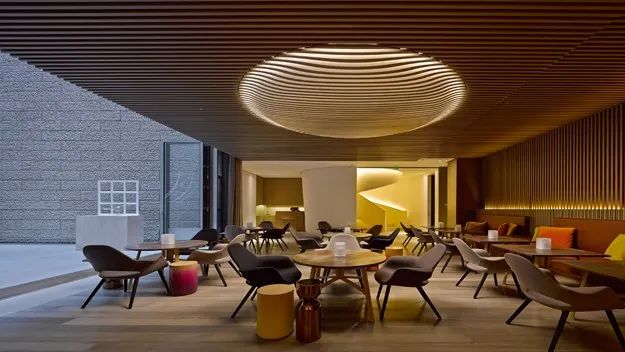
Cafe Madang Hermes with branded Hermes motifs
This cafe is directly connected to the Hermes store in Dosan Park, one of the wealthiest neighborhoods in Korea. The venue follows the brand’s theme of elegance and sophistication through a carefully curated atmosphere. The cafe creates a comfortable and intimate space for afternoon tea. All of the tableware and the food are branded with Hermes motifs.
Cafe Dior, Seoul
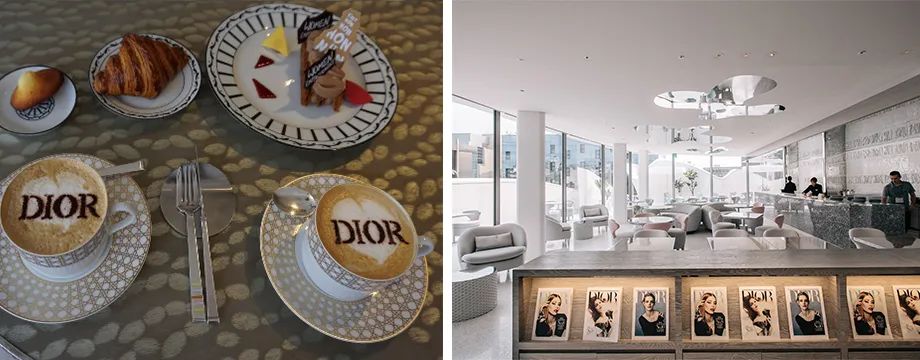
Cafe Dior design
This cafe is designed to be a great stop for shoppers to momentarily rest and catch up with friends and family while enjoying afternoon tea. The deserts are designed by famous French chef Pierre Herme. The food and tableware are very aesthetically pleasing with items such as coffee with the Dior logo latte art.
Art Residence Armani/Casa, Chengdu
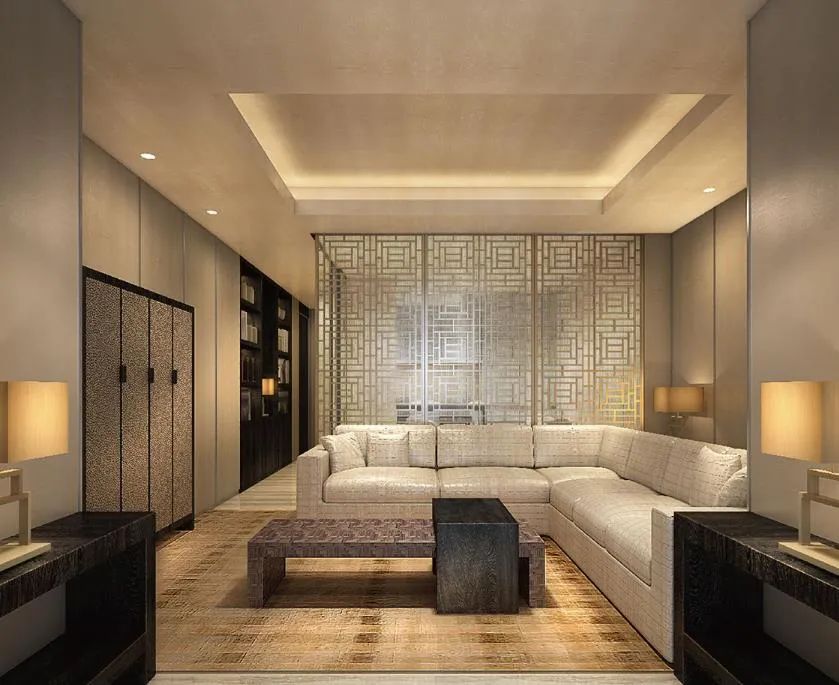
Art Residence Armani designed by Giorgio Armani
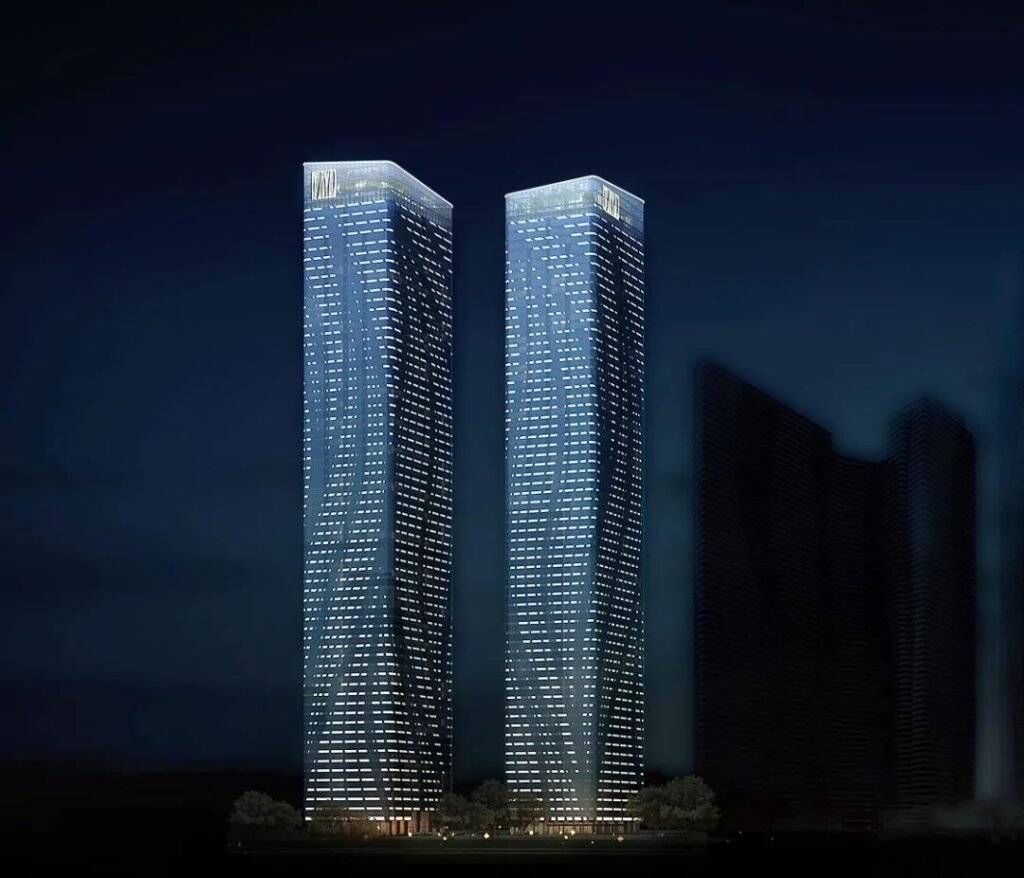
Art Residence Armani designed by Giorgio Armani
Giorgio Armani himself designed these luxury flats located in China. Armani infuses his known style into this residence creating two buildings full of the sophisticated motifs known in his fashion designs. The buildings are livable art. The outside of the buildings is designed to look like swaying orchids and bamboo, showing a clear design inspiration for the Chinese location.
Key Takeaways
When designing branded cafes, restaurants, hotels, and residential homes, brands should carefully consider how these places can serve as an extension of their luxury and brand design. These venues must be photo-worthy, have perfect service, and delicious food. Customer service can make or break client relationships with the brand based on the experience they have. Understanding the local culture of the location also adds to the consumer experience, for example, by creating menus of fusion cuisine or adding traditional design motifs. Giving people a taste of luxury through branded extensions is a rewarding challenge.

